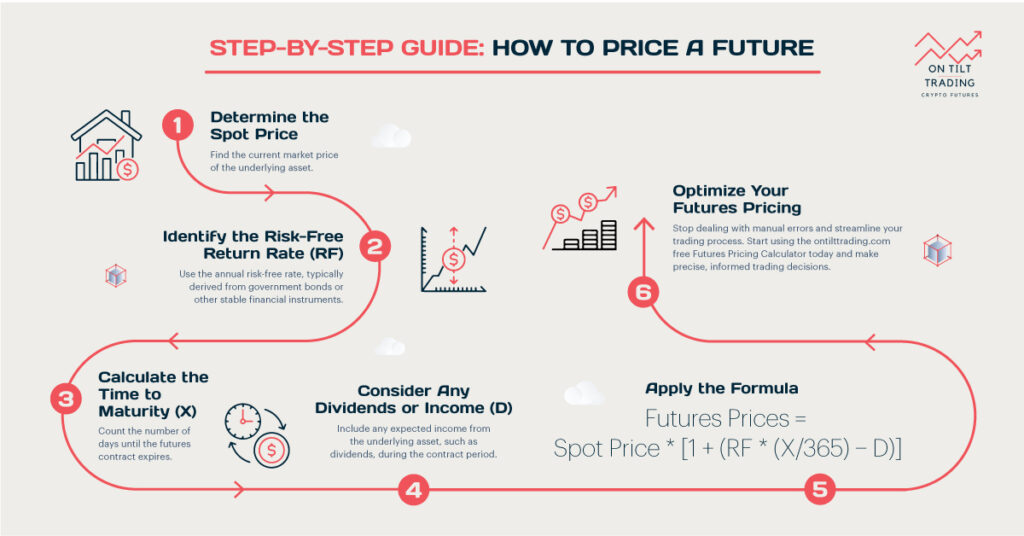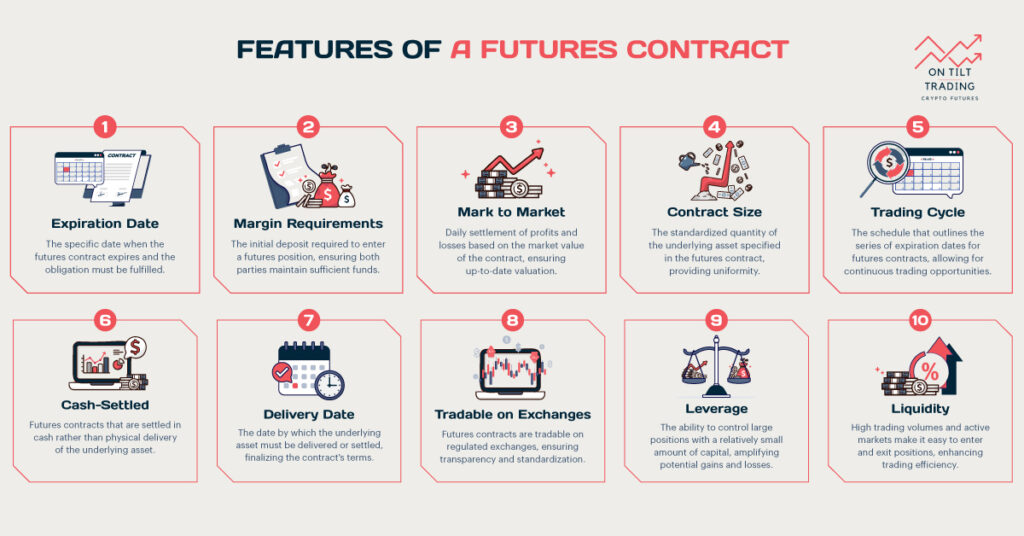As Bitcoin trading has revolutionized the financial markets, it has attracted both retail and institutional investors. Understanding trading volumes is one of the most important aspects of Bitcoin trading. Volume gives traders and analysts insight into market activity, liquidity, and potential price movements. In Bitcoin trading, it is essential to differentiate between spot vs futures volume.
Bitcoin spot trading involves buying and selling Bitcoin for immediate delivery, while futures trading involves contracts that settle at a future date. In this blog post, we’ll examine the differences between Bitcoin spot vs futures volume, their unique characteristics, market impacts, and factors that influence them. These distinctions can help traders make better decisions and develop strategies that use each type’s strengths. Keep reading to learn more.
What is Bitcoin Spot Trading?
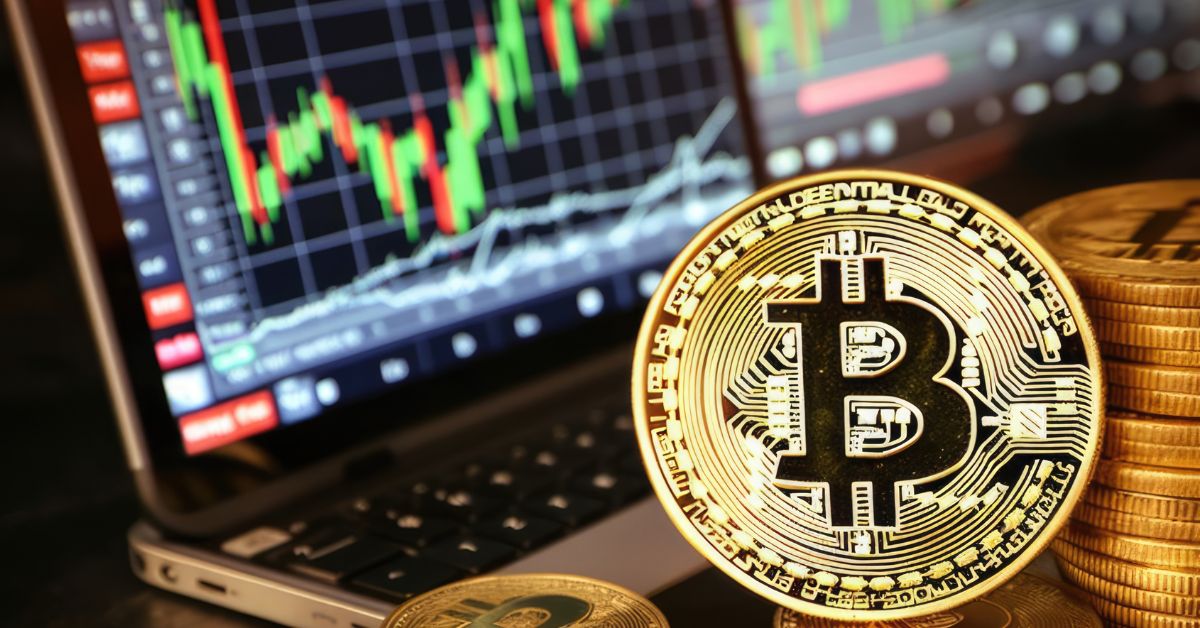
Bitcoin spot trading refers to the immediate buying and selling of Bitcoin, with transactions settled “on the spot.” Traders exchange Bitcoin for fiat currency or other cryptocurrencies at the current market price.
With spot trading platforms, traders can take ownership of Bitcoin instantly, enabling them to hold, use, or sell the asset as they see fit. This type of trading is perfect for those who want to trade cryptocurrency without complexities.
Importance of Spot Volume
Spot volume is a critical indicator of market activity and liquidity. A higher spot volume means more people are buying and selling Bitcoin, which means price movements are more likely to reflect actual supply and demand.
Spot volume can also affect price volatility; sudden spikes in spot trading can lead to steep price changes as traders react to market sentiment. Exchanges like Binance and Coinbase facilitate significant spot trading volumes, contributing to market dynamics.
What is Bitcoin Futures Trading?
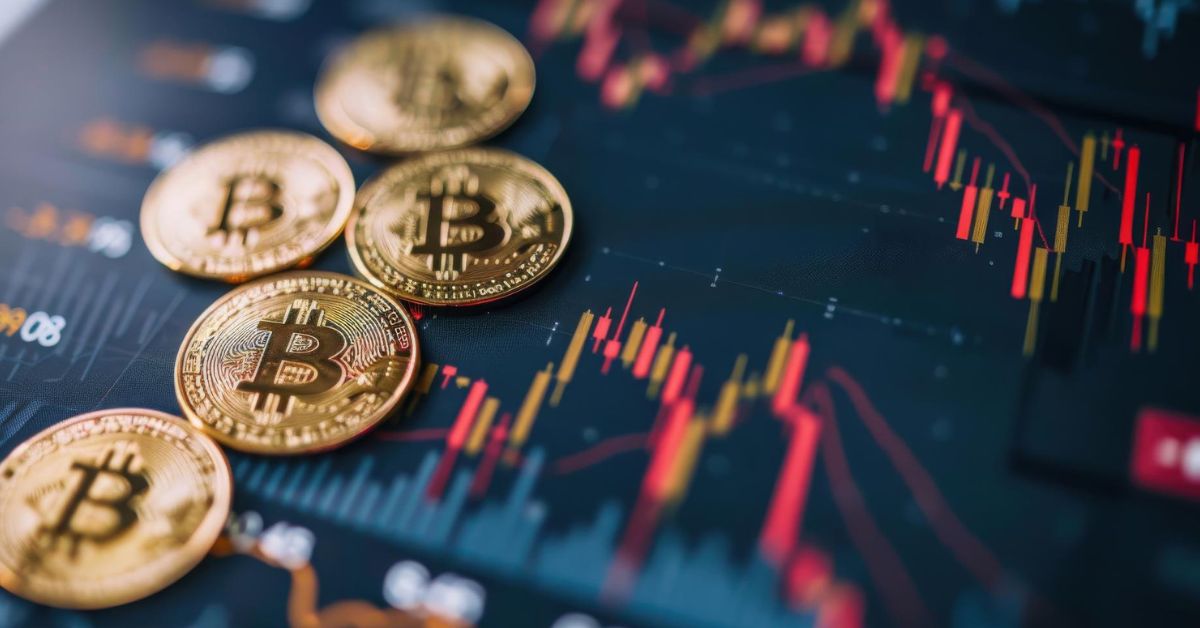
Bitcoin futures trading involves contracts that obligate the buyer to buy and the seller to sell Bitcoin at a set price and date. Unlike spot trading, futures contracts do not settle immediately; they settle at expiration.
In this way, traders can speculate on Bitcoin’s future price without holding the physical asset. Traders and institutional investors can really benefit from futures trading if they are hedging or leveraging their positions.
Importance of Futures Volume
Futures volume reflects the total number of futures contracts traded within a specific period. It shows the level of interest and activity in the futures market, giving insight into market sentiment and potential price movements.
A high futures volume often means a robust market, which means more liquidity and better price discovery. Trading platforms like the CME and Prime XBT offer sophisticated tools for trading Bitcoin futures, attracting a wide range of traders.
Futures volume significantly impacts price volatility. Futures markets can influence spot prices through arbitrage and market sentiment, creating feedback loops that affect the overall market. Futures volumes can also help traders determine their risk appetite and speculative activity.
Key Differences Between Bitcoin Spot vs Futures Volume
Knowing the difference between Bitcoin spot volume vs futures volume is crucial to understanding the cryptocurrency market. Although both types of volume provide valuable insights into market activity, they reflect different aspects of trading behavior. Here are the key distinctions between spot and futures volume in Bitcoin trading:
| Aspect | Spot Volume | Futures Volume |
| Nature of Volume | Immediate Bitcoin transactions, reflects current market activity. | Contracts to buy/sell Bitcoin at a future date, reflects speculative activity. |
| Market Sentiment and Speculation | Indicates immediate supply and demand, driven by current market conditions. | Influenced by speculation on future prices, higher during volatility or news events. |
| Impact on Price Discovery | Directly affects current market price, indicates robust participation. | Reflects future price expectations, can lead to spot price adjustments through arbitrage. |
| Liquidity and Market Depth | Shows market liquidity, high volumes mean easy trading with minimal price impact. | Indicates liquidity in futures market, attracts traders, but doesn’t directly affect spot market liquidity. |
Nature of Volume
Spot volume and futures volume are inherently different due to their respective market structures. Spot volume measures the amount of Bitcoin bought and sold for immediate delivery. This volume reflects actual ownership transfers and is a direct indicator of current market activity and liquidity.
Alternatively, futures volume is the number of futures contracts traded, which are agreements to buy or sell Bitcoin in the future. Futures volume indicates the level of speculative activity and market sentiment regarding future price movements rather than immediate transactions.
Market Sentiment and Speculation
Spot volume is often driven by traders looking to buy or sell Bitcoin based on current market conditions. It reflects immediate supply and demand, making spot volume a reliable indicator of current market sentiment. On the other hand, futures volume is significantly influenced by speculation.
Bitcoin futures traders usually bet on the future price of Bitcoin, which can drive higher volumes during periods of expected volatility. Futures volume can sometimes diverge from spot volume due to differing expectations about future price movements.
Impact on Price Discovery
In price discovery, both spot and futures volumes play crucial roles, but they do so in different ways. As spot volume represents real-time buying and selling activity, it directly impacts market prices. Typically, high spot volumes indicate robust market participation, resulting in more accurate and stable prices.
Futures volume, however, influences price discovery by reflecting traders’ expectations of future prices. A high futures volume can affect spot prices through arbitrage opportunities, where traders buy in one market and sell in another to profit from price discrepancies. While spot volume stabilizes current prices, futures volume can indicate potential price directions in the future.
Liquidity and Market Depth
Spot volume gives a clear picture of how liquid the market is, showing how easily assets can be bought and sold without affecting the price. The high spot volume suggests a liquid market where large trades can be executed with minimal price impact.
In contrast, futures volume impacts market liquidity differently. High futures volume indicates active trading and high liquidity within the futures market, which can attract more traders due to the availability of counterparties for contracts. However, this doesn’t translate directly to liquidity on the spot market since futures contracts don’t involve instant Bitcoin transfers.
Factors Influencing Spot and Futures Volumes
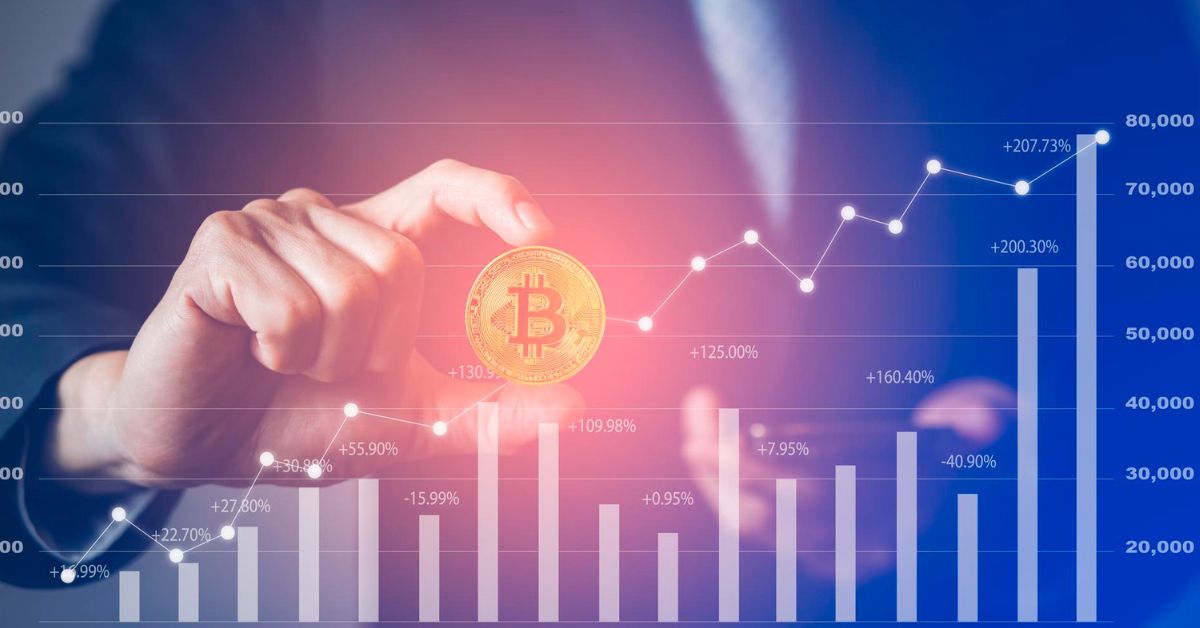
Several factors influence the trading volumes in both spot and futures markets. These factors can significantly impact market activity, liquidity, and trader behavior. Here are some of the key influences on spot and future volumes:
Market News and Events
Market news and events play a significant role in influencing both spot and futures volumes. Positive news, like regulatory approval or institutional adoption, can drive up spot volumes as traders rush to buy Bitcoin as prices go up.
Meanwhile, negative news, like security breaches and regulatory crackdowns, can boost spot volume because traders sell off their stocks. News and events can drive speculation in the futures market, causing spikes in volume as traders bet on how these developments will affect prices.
Market Sentiment and Speculation
Market sentiment, influenced by trader psychology and broader economic conditions, affects both spot and future volumes. In the spot market, bullish sentiment leads to higher buying volumes, while bearish sentiment leads to higher selling volumes.
In the futures market, sentiment influences traders’ speculative positions, with traders opening contracts based on their expectations. It’s common for futures volumes to spike during periods of high volatility as traders try to profit from price swings.
Institutional Participation
It is important to note that institutional investors play a significant role in determining both spot and futures volumes. Institutions bring significant capital into the market, affecting liquidity and trading volumes.
In the spot market, institutional buying or selling can lead to substantial volume changes, impacting prices and market stability. Institutional involvement in the futures market is even more intense since they use futures contracts for hedging and speculation.
Regulatory Environment
Regulatory developments can profoundly impact spot and futures volumes. Clear and favorable regulations can boost market confidence, leading to higher trading volumes in both markets. On the other hand, regulatory uncertainty or restrictive policies can dampen trading activity.
The regulations surrounding leverage and margin requirements can influence futures market volumes by impacting traders’ risk exposure. Regulatory clarity is essential for market growth, as it creates a stable environment for retail and institutional players.
Technological Advances
Technological advances, like trading platforms and new financial products, can affect spot and futures volumes. Improved trading platforms with better user interfaces, faster execution speeds, and advanced analytical tools can attract more traders.
New products, like Bitcoin ETFs or innovative futures contracts, can also drive volumes by giving traders more options. As the market develops, technology affects how and where traders trade bitcoins.
Read More: Crypto Futures vs Options: What Are The Differences?
Conclusion
To navigate the cryptocurrency market, you now better understand the differences between Bitcoin spot and futures volumes. The spot volume reflects immediate market activity and liquidity, while the futures volume reflects speculative interest. Both play significant roles in price discovery and trading strategies.
